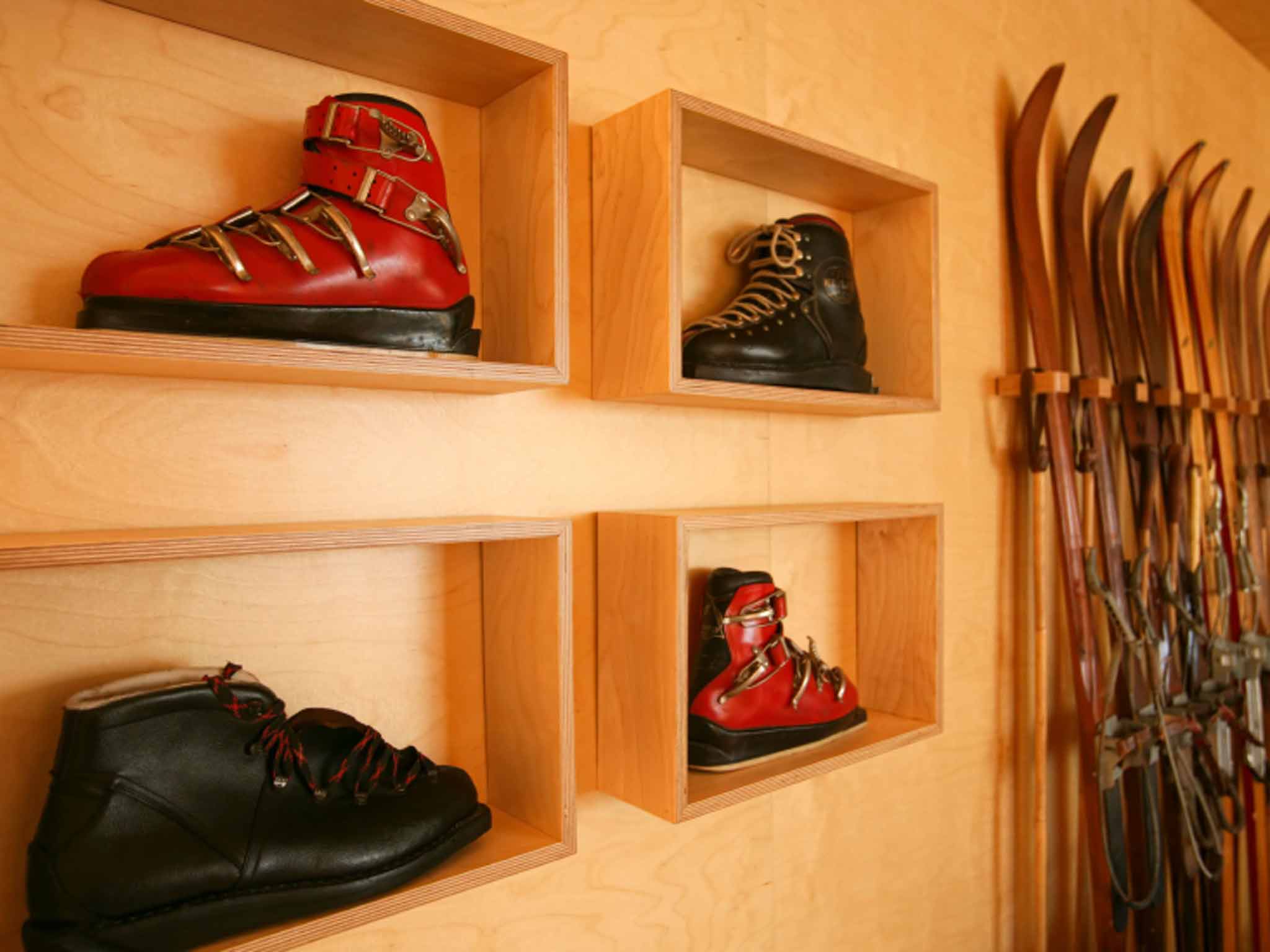The Independent's journalism is supported by our readers. When you purchase through links on our site, we may earn commission.
The rise and rise of ski touring: Testing a new range of equipment for 'adventure tourers' and 'freeride tourers'
Analysing the range with which Salomon is entering the ski-touring market this season.

When people talk about downhill skiing, the “downhill” seems redundant: nobody skis uphill, do they? Yes, they do, actually. I have personally ascended slopes on skis in Canadian, French and Swiss resorts over the last couple of seasons. Doing so – red-faced and sweaty from the effort – put me among the coolest on the snow.
In Canada, at Tremblant, I was told the one growth area in North America's ski-equipment market was boots and skis for ski touring (which is what I was doing). Then, I went to Zermatt to test the range with which Salomon – renowned as an innovator in ski equipment – is entering the ski-touring market this season.
The label “ski touring” is misleading, harking back to the days when intrepid skiers would pack a rucksack and set off on journeys of several days and nights (in mountain huts), skiing when possible and climbing when necessary. That sort of ski touring is not growing; but the number of skiers willing to climb away from the ski lifts to get their kicks is. For that you need ski-touring equipment.
And what equipment it is: light, cunningly designed and beautifully engineered, it makes downhill boots and skis seem positively clunky. The key functionality of the ski-touring boot/binding combination is that it locks down the rear of the boot for skiing, but frees it for climbing, when the foot must be able to articulate. Additionally, the binding has an adjustable stacking “heel”, which keeps the boot horizontal for climbing steep slopes. For such ascents, synthetic “skins” are attached to the base of the skis, to prevent them from sliding backwards.
The skis in Salomon's new MTN range performed very well on the Zermatt test, and the Explore 88 model (which weighs half a kilo less than comparable downhill skis) has subsequently impressed ski guides. Since boots and skis cost about £1,000, Salomon needs customers with commitment. Its target groups are “adventure tourers” (who want to get away from resorts and deep into natural landscapes) and “freeride tourers” (gung-ho types for whom the “tour” is essentially a quest for untracked powder and challenging terrain).
In a growing market, one would expect Salomon to hit its targets. And “it is obviously a growth area,” says David Holland, proprietor of the specialist Backcountry UK shop in Yorkshire, “because of all the manufacturers coming into it. For years there was just Scarpa and Dynafit; then along came Fischer, Black Diamond and several others. Now it's Salomon.”
Interestingly, the new MTN range – which includes bindings, poles, a helmet and clothing – was also appreciated at the Zermatt test by skiers unfamiliar with touring equipment. Low weight, high performance? It was an appealing combination for downhill skiers, too. Ski manufacturers might want to think about that.
MTN Lab boots, recommended price £500; MTN Explore 88 skis, £450 (01276 404860; salomon.com)
Subscribe to Independent Premium to bookmark this article
Want to bookmark your favourite articles and stories to read or reference later? Start your Independent Premium subscription today.

Join our commenting forum
Join thought-provoking conversations, follow other Independent readers and see their replies